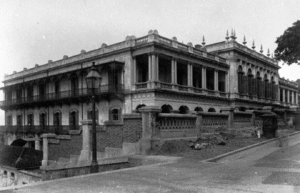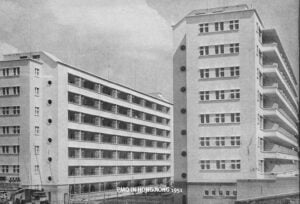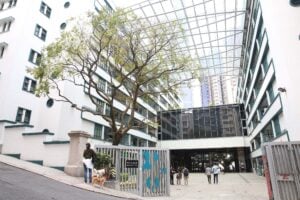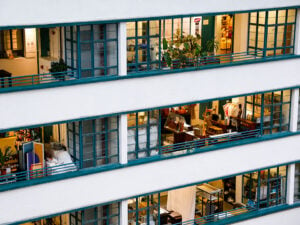PMQ: Where Heritage Preservation Meets Modern Creativity
One of the most iconic skylines in the world, Hong Kong is also home to many historical buildings, revitalised in the past decade by the Hong Kong Government. PMQ is one of them, later followed by Tai Kwun and Central Market.
Situated between Aberdeen Street, Staunton Street, Hollywood Road, and Shing Wong Street in Central, PMQ was also known as the Police Married Quarters, referring to its former purpose as a dormitory for married police officers between 1951 to 2000.
The story of PMQ actually dates back to the mid-19th century. The Central Government School, established on Gough Street in 1862, was Hong Kong’s first government primary and secondary school offering Western education to the public. In 1889, as student enrollment grew, the school relocated to the intersection of Hollywood Road and Aberdeen Street—the current site of PMQ. It was later renamed Victoria College and, in 1894, became known as Queen’s College. At that time, it was one of the largest and most costly buildings in Hong Kong, nurturing many local leaders and notable figures, including Dr. Sun Yat-sen.
However, the building was destroyed during the Japanese occupation in 1941, and what remained was demolished in 1948.
In 1951, to boost police recruitment following the influx of Chinese immigrants after the Chinese Civil War, PMQ was rebuilt, providing 140 single-room units and 28 double-room units for junior officers stationed at the nearby Central Police Station, and their families. The building was finally vacated in 2000.
In 2007, the Antiquities and Monuments Office (AMO) uncovered remains of the Central School, including granite shafts and plinths from the boundary and retaining walls, quoin stones marking the corners of the site, and stair steps. In 2010, the AMO designated PMQ as a Grade III Historic Building. That same year, it was announced that the Former Police Married Quarters would be transformed into a creative industries landmark.
During the renovation process between 2012 and 2014, many original details were preserved, including the distinctive staircases and the overall layout, to maintain a sense of history while integrating modern design elements. The architecture of PMQ reflects the Modernist style prevalent in the mid-20th century: two blocks arranged in a U-shape, designed to facilitate airflow and natural light, while the façade features a combination of brick and concrete, with large windows to enhance the sense of openness. The housing units were transformed to house creative studios, shops, and workshops.
Launched in 2014, PMQ is the symbol of Hong Kong’s commitment to preserving its heritage while fostering innovation. It’s a hub for creative industries, showcasing local talent and providing a platform for cultural events and exhibitions, as well as workshops such as mahjong tile painting, silver ring making or singing bowls.
The building’s adaptive reuse is an example of how historical sites can be transformed to meet contemporary needs, making it a vital part of Hong Kong’s urban landscape. Along with Tai Kwun and Central Market, PMQ stands as a testament to the city’s rich history and its dynamic evolution, balancing heritage preservation with modern creativity.



